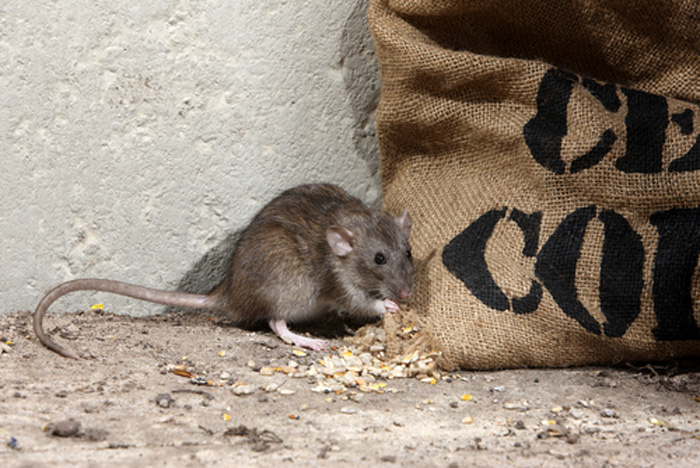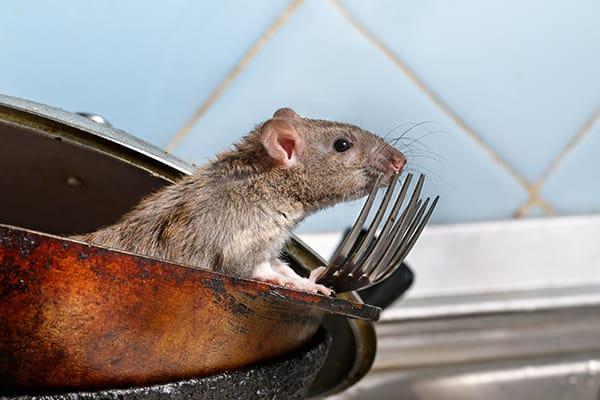Rodent Tracking for Warehouses: Essential Insights and Strategies
Share
Warehouses play a critical role in the supply chain, holding vast inventories that are often susceptible to multiple threats. One of the most significant of these threats is rodent infestations. Therefore, the method of rodent tracking for warehouses has become increasingly vital, serving as a key practice for protecting inventory and upholding health standards.
Rodents, such as mice and rats, not only cause damage to products but also introduce serious health risks by spreading diseases. By implementing effective rodent tracking systems, warehouses can detect and prevent infestations early, safeguarding both resources and their reputation.

Why Rodent Control is Critical in Warehouses
The importance of rodent tracking is underscored by the complexities of logistics. As warehouse facilities grow, the risk of rodent infestation increases. It's imperative for warehouse managers to proactively adopt advanced tracking technologies and rodent control strategies.
Often designed with many entry points and nesting places, warehouses continually see a flow of goods and peoplefactors that attract rodents. This requires robust monitoring strategies that can ensure swift responses at the first signs of an infestation. For detailed insights into such strategies, check out [McCloud Services](https://mccloudservices.com/pest-control-technology-food-industry/).
Advanced Technologies in Rodent Tracking Systems
Integrating Smart Detection Tools
Todays rodent tracking systems utilize cutting-edge technology. Devices like electronic monitoring traps and infrared cameras are common in the industry. These tools enable the collection of real-time data and facilitate continuous monitoring. To dive deeper into these technologies, visit [The Mouse Pad](https://www.qualityassurancemag.com/article/the-mouse-pad/).
Data Analysis and Predictive Modelling
The integration of data analytics marks a revolutionary advancement in rodent management. Analyzing rodent patterns helps warehouse operators anticipate potential infestations and take proactive measures. One company offering such innovative solutions is Eversor; discover more about their approach at [Eversor](https://eversor.be/en/business/pest-control-per-sector/logistics-warehouses/).
Cost-Benefit Analysis of Rodent Tracking
The financial considerations of adopting advanced rodent tracking solutions can be intimidating for some businesses. However, when weighing these costs against possible losses from product contamination, damage, and health-related lawsuits, investing in effective pest management systems is wise. Additionally, the hidden costs arising from damage to a company's reputation and customer trust when infestations occur further highlight the value of a proactive approach.
Many businesses have reported a significant reduction in product loss and better compliance with health regulations after implementing these systems, making them a prudent investment. For a comprehensive look at the financial impact of unchecked rodent issues, refer to [Western Pest Services](https://www.westernpest.com/blog/rodents-in-warehouse-facilities/).
Implementing an Effective Rodent Control Strategy
An effective rodent control strategy combines preventive measures, ongoing monitoring, and swift action. Warehouse managers should routinely assess entry points, monitor conditions that may attract rodents, and partner with professionals to implement effective control systems. For further guidance on stopping rodent invasions in your facility, check out [Rat Sense](https://www.ratsense.com/au/how-you-can-stop-rodent-infestation-in-warehouses/).
Regular Training and Employee Engagement
A crucial yet often overlooked aspect of successful rodent management is employee training. By educating warehouse staff about the importance of rodent detection and prevention, organizations can effectively harness human resources alongside technology to thwart infestations.

FAQs About Rodent Tracking for Warehouses
What are the early signs of a rodent infestation in warehouses?
Early signs can be identified through droppings, gnaw marks, nests, and a musky odor. Regular inspections are essential for prompt detection.
How often should warehouses conduct rodent monitoring?
Continuous monitoring using advanced technologies is ideal; however, manual inspections should occur weekly or based on the warehouse's size and history of infestations.
Are there specific technologies to aid in rodent management?
Absolutely. Technologies such as electronic traps, infrared cameras, and data-driven analytics play a significant role in efficient rodent management, allowing for real-time monitoring and rapid response.
This article contains affiliate links. We may earn a commission at no extra cost to you.
